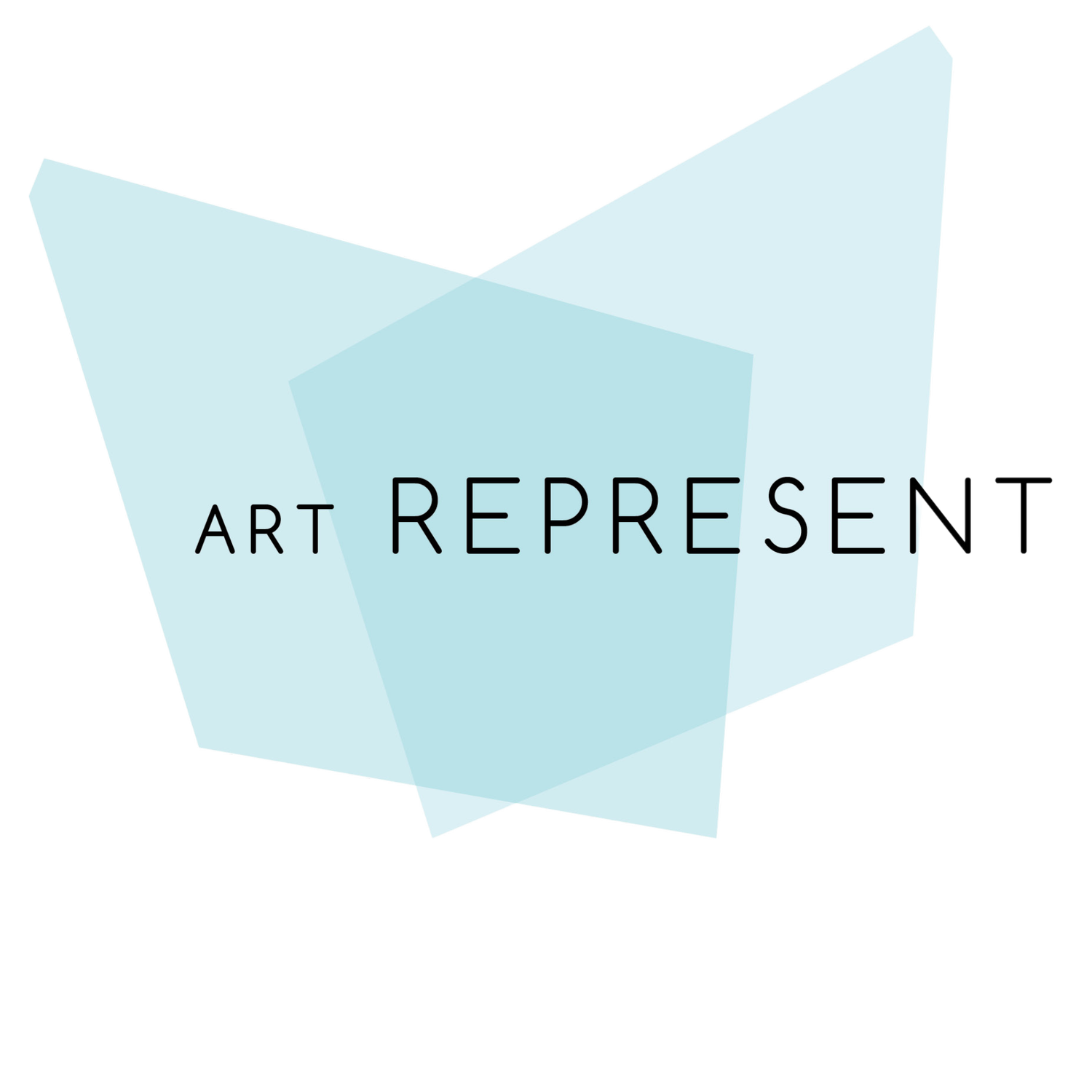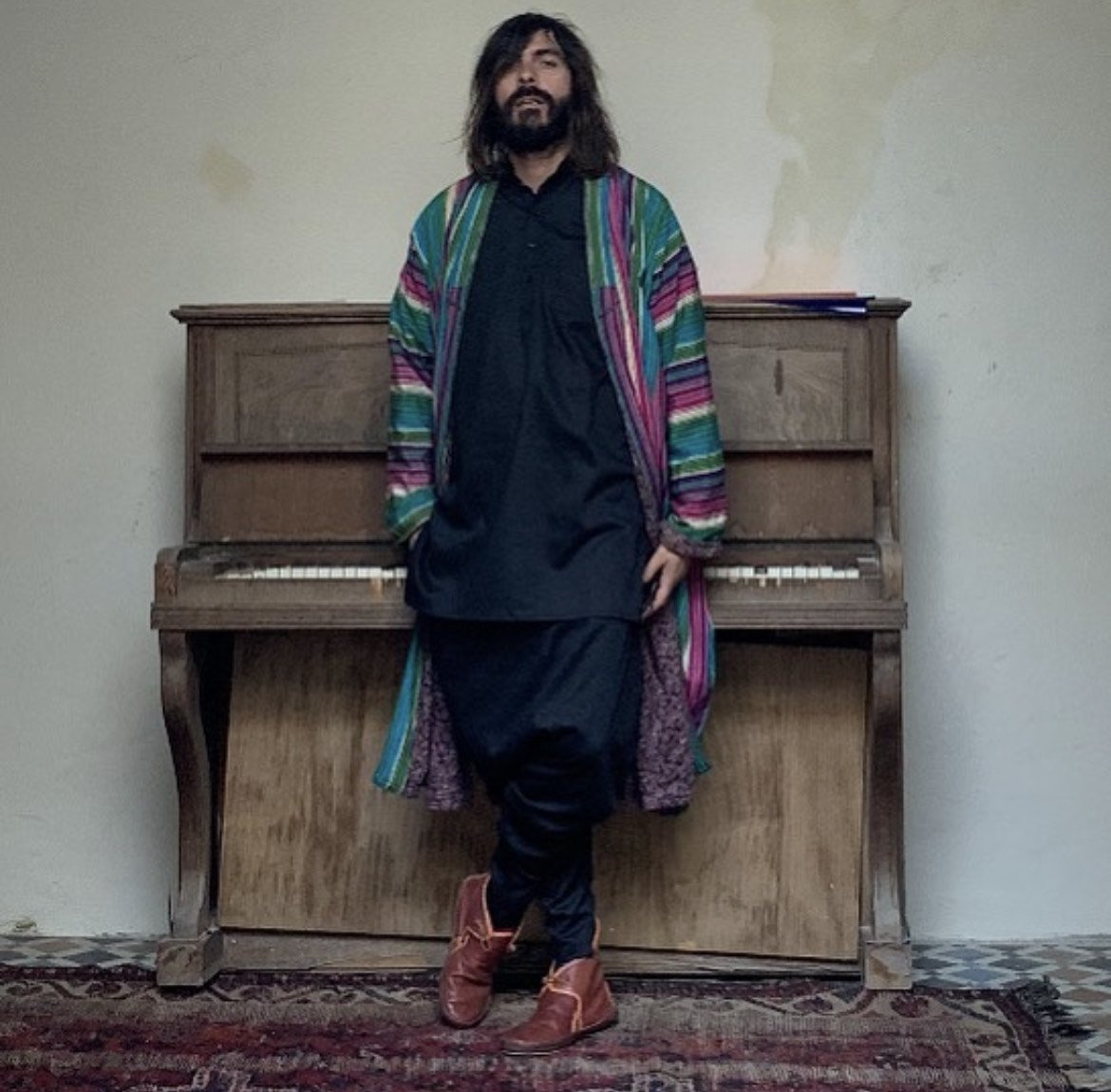February 9 marks the anniversary of the Iranian Revolution or the Enqelāb-e Eslāmī. We hear from our collaborating artist, Firouz Farman-Farmaian about his practice. Highlighting in particular, his work Enghelâb ( Revolution ), in complete alignment with ongoing events in his home country.
Can you tell us about the piece Enghelâb, or Revolution?
As long as I can loop back it has been Enghelâb: thrown into Revolution as a child 43 years ago, it conditioned life choices - deep emotions that led explorations into memory, displacement, and identity.
The Enghelâb panel project surfaced as I researched family documents and put my hands on an original Newsweek copy from January 1979. The main story ran a 'reportage' on the ongoing street violence with photographs by Magnum war photographer Abbas. A specific yellowed double-paged image stuck and I went to transform it into a 444cm work on canvas. I met Abbas in Paris in April 2018 to show him the work. He sadly passed away a week later - on April 27th.
The Revolution Panel was primarily confidentially ( and controversially) unveiled in Tehran’s Villa Sufia Artspace on the Revolutions 40th birthday in February 2019, announcing what was to erupt. The piece objectively expresses the fearless energies behind forces of change but also points towards that transformative original crossroad that changed my life.
How would you describe your creative process and what motivates you as an artist?
Constant Exploration. Physical and spiritual. Challenging oneself as much as the status quo in order to stay alert and on edge - striving to avoid commercial traps and repeat patterns. Branch out intellectually, fuel inner conversation, peel cultural layers, meditate to feel connected to the beauty of the natural world, and be ethereally modern - but care for solid roots.
Your work deals with socio-political and cultural issues. Can you discuss a specific piece or series that you feel represents these themes the most?
Concepts of displacement and revolution are Inherently societal and political but are primarily cultural - at the core. The 2018 Enghelâb / Revolution Panel stands at those crossroads. Produced in Southern Spain in 2018, it marks my 40th year of exile and the establishment of the Islamic Republic in Iran. Controversial, debate oriented but also deeply personal.
Can you talk about any challenges you face and how you navigate these challenges in your work?
I see myself as a borderless cultural nomad, following the caravan of my train of thought. I dig areas of cultural overlap - power points ( often conflicting ) where the fusion and interfacing identities, of pasts and futures, arise fertile dynamics, movement, new form. The challenges are multiple. Market forces demand stability - I am constantly moving, the art world demands references: I detest etiquette. But more profoundly - by exploring the chaotic boil of our immediate world I aim to help overcome fears of change with a positive vision.
How do you see your work evolving in the future and what new projects or directions are you looking to pursue?
After my inclusion in the 59th Biennale di Venezia where I was commissioned by the Central Asian Kyrgyz Republic to produce its pavilion, new chapters of my Postribal explorations await, as I plan to set tent somewhere between Japanese tribal culture and Iranian nomadic crafts. I have thus entered a research phase that I hope will take me to Japan later in the year as I this month debut collaborative production with Iranian Contemporary Tribal Rug Producers Amir Art Collection in Varese, Italy.
This key partnership will establish perennial continuity with the Altyn Kol women weavers association of the Kyrgyz Tien Shen Range - the ‘golden hands’ behind the Venice Installation - and set me up facing the Future: direct creative conversation with the Bakhtiari Nomad Craftswomen of Iran.
How do your community and audience in Iran and internationally respond to your work, and what impact do you hope your work has on them?
An unbreakable bond ties me to my country of Birth and have always kept an open line with Iranian surviving on the inside. I exchange on a daily basis with Tehrani artists, graphic designers, designers or Tech producers - we lift each other up in times of Revolutions.








